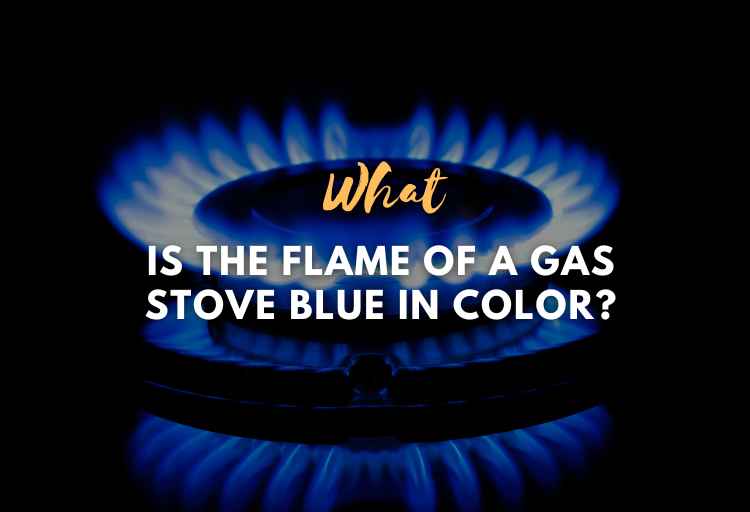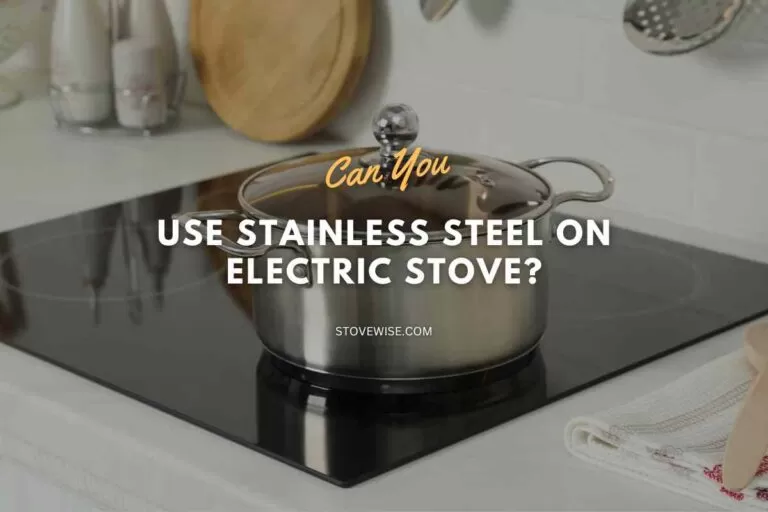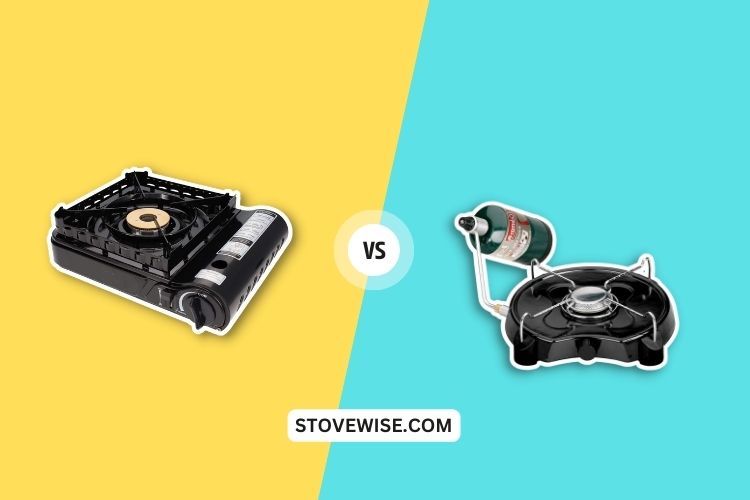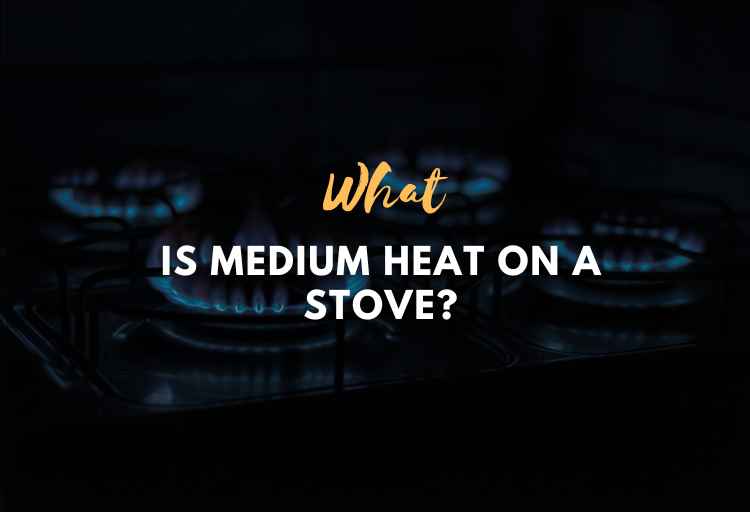Do Gas Stoves Need to Be Vented? Here’s What You Need to Know
As more and more people are becoming aware of the impact of climate change, many are turning to natural gas stoves as a more eco-friendly option. However, there is a growing concern about the safety of gas stoves and whether or not they need to be vented.
Gas stoves need to be vented because it helps to remove harmful gases such as carbon monoxide, nitrogen dioxide, and formaldehyde from your home and ensures that you and your family are breathing clean air. Failure to vent your gas stove can lead to a variety of health problems and even death.
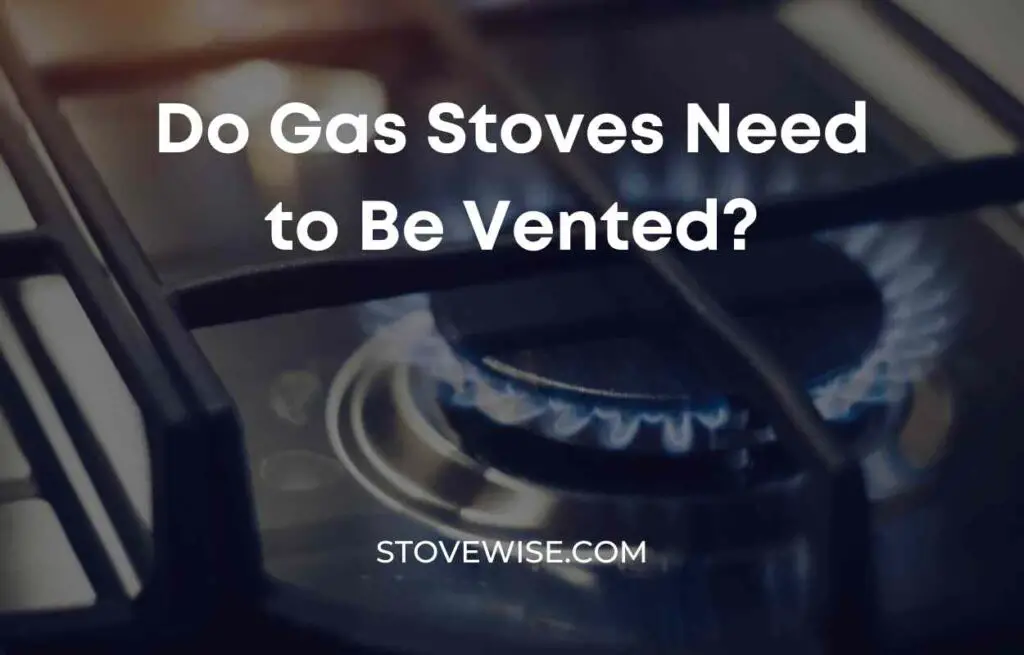
Contents
Do Gas Stoves Need to Be Vented?
It is not safe to have a gas stove without a vent. Gas stoves produce harmful gases such as carbon monoxide, nitrogen dioxide, and formaldehyde. These gases can be harmful to your health and can cause respiratory problems, headaches, and even death.
Venting your gas stove helps to remove these harmful gases from your home and ensures that you and your family are breathing clean air.
If you do not vent your gas stove, the harmful gases produced by the stove can accumulate in your home.
This can lead to a variety of health problems, including headaches, dizziness, and nausea. In extreme cases, it can even lead to carbon monoxide poisoning, which can be deadly.
Why Do Gas Stoves Need to Be Vented?
Gas stoves produce harmful gases such as carbon monoxide, nitrogen dioxide, and formaldehyde.
These gases can be harmful to your health and can cause respiratory problems, headaches, and even death.
Venting your gas stove helps to remove these harmful gases from your home and ensures that you and your family are breathing clean air.
Do You Need an Exhaust Fan for a Gas Stove?
You need an exhaust fan for a gas stove. Gas stoves produce a lot of heat and small concentrations of harmful chemicals, such as carbon monoxide, nitrogen dioxide, and formaldehyde.
These gases can be harmful to your health and can cause respiratory problems, headaches, and even death. An exhaust fan will help to remove these harmful gases from your home and ensure that you and your family are breathing clean air.
The exhaust fan works by capturing the harmful gases produced by the stove and directing them outside, where they can safely dissipate. It is important to ensure that the exhaust fan is installed properly and that it is the right size for your gas stove.
The general rule of thumb is that for every 10,000 BTUs generated by the gas range, 100 CFM (cubic feet per minute) of exhaust fan capacity is needed.
So, if your range has two 5,000 BTU burners and two 15,000 BTU burners for a total of 40,000 BTUs, you will need at least a 400 CFM exhaust fan.
How Much Carbon Monoxide Does a Gas Oven Produce?
The amount of carbon monoxide (CO) produced by a gas oven can vary depending on a number of factors, including the age and condition of the oven, the type of fuel being used, and how well the oven is ventilated.
However, in general, gas ovens can produce anywhere from 5 to 15 parts per million (ppm) of carbon monoxide during normal operation.
It is important to note that while these levels of carbon monoxide are generally considered safe, prolonged exposure to even low levels of carbon monoxide can be harmful to your health.
Carbon monoxide is a colorless, odorless gas that can cause headaches, dizziness, nausea, and even death in high concentrations.
To ensure that your gas oven is operating safely and not producing dangerous levels of carbon monoxide, it is recommended that you have your oven inspected regularly by a qualified professional.
Additionally, it is important to ensure that your kitchen is well-ventilated when using your gas oven. This can be achieved by opening windows or using an exhaust fan to help remove any harmful gases from your home.
Are There Other Ways to Reduce the Risks of Using a Gas Stove?
In addition to venting your gas stove, there are other steps you can take to reduce the risks of using a gas stove. These include:
- Keeping your kitchen well-ventilated by opening windows or using a fan.
- Having your gas stove inspected regularly by a qualified professional to ensure that it is functioning properly.
- Use your gas stove only for cooking and not for heating your home.
- Using a carbon monoxide detector in your home to alert you if there are dangerous levels of carbon monoxide present.
Conclusion
In conclusion, gas stoves must be vented to make sure that any dangerous gases they emit are taken outside of your house. Failure to properly vent your gas stove can result in a number of health issues, including death.
For this reason, it’s crucial to take the required actions to guarantee that your gas stove is correctly vented and that you’re also taking other safety measures to minimize the risks related to operating a gas stove.
FAQs
What Are the Risks of Not Venting Your Gas Stove?
If you do not vent your gas stove, the harmful gases produced by the stove can accumulate in your home. This can lead to a variety of health problems, including headaches, dizziness, and nausea. In extreme cases, it can even lead to carbon monoxide poisoning, which can be deadly.
How Do You Vent a Gas Stove?
Venting a gas stove involves installing a vent hood above the stove that is connected to a duct that leads outside. The hood works by capturing the harmful gases produced by the stove and directing them outside, where they can safely dissipate.

